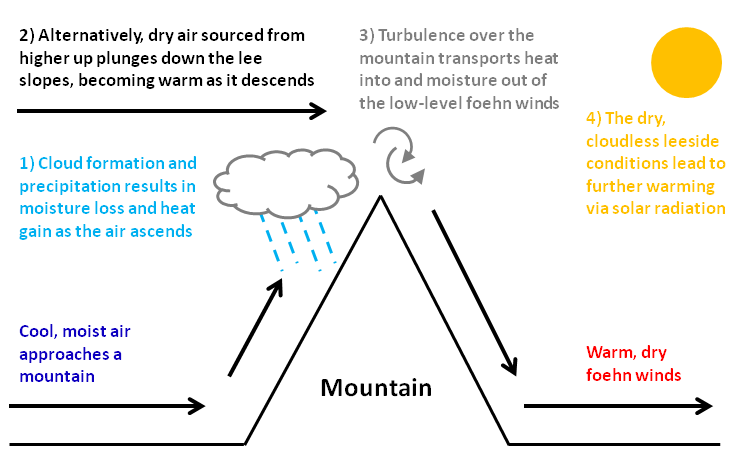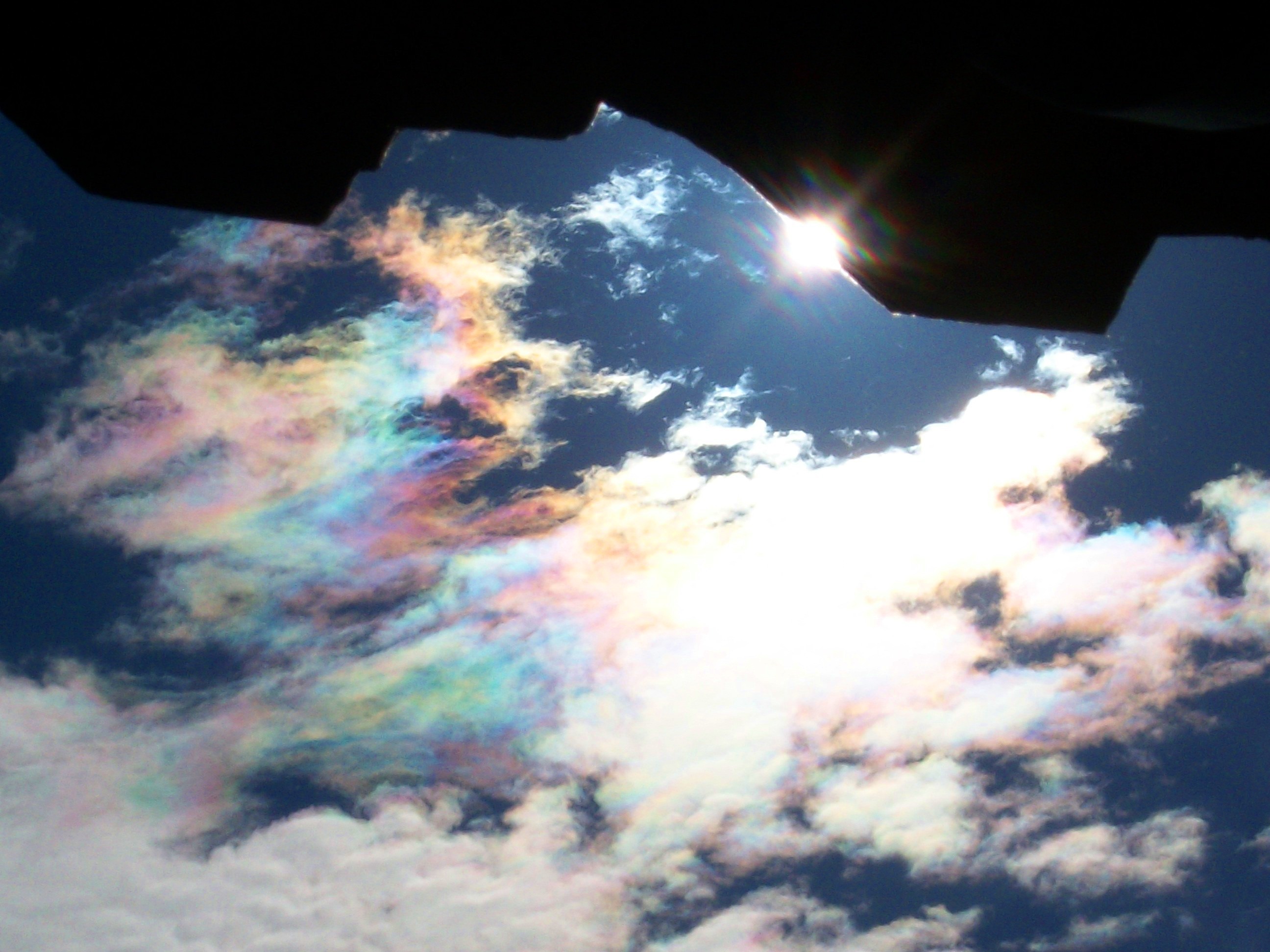|
Stratocumulus Lenticularis
Stratocumulus lenticularis is an uncommon cloud type that belongs to the stratocumulus cloud type, its appearance is that of a flat lens or almond. It forms as a result of gravity waves caused by wind passing over obstacles; for example, a mountain or a building. They are more common in locations that are hilly, or places where foehn winds are common They tend to look more well-defined when a foehn wind is causing their formation. They also sometimes show iridescence. It is a type of lenticular cloud. See also * Altocumulus lenticularis * Cirrocumulus lenticularis Cirrocumulus lenticularis is a type of cirrocumulus cloud. The name ''cirrocumulus lenticularis'' is derived from Latin, meaning "like a lentil". Cirrocumulus lenticularis are smooth clouds that have the appearance of a lens or an almond. They usua ... References {{Reflist Cumulus Stratus ... [...More Info...] [...Related Items...] OR: [Wikipedia] [Google] [Baidu] |
Stratocumulus Cloud
A stratocumulus cloud, occasionally called a cumulostratus, belongs to a genus-type of clouds characterized by large dark, rounded masses, usually in groups, lines, or waves, the individual elements being larger than those in altocumulus, and the whole being at a lower height, usually below . Weak convective currents create shallow cloud layers because of drier, stable air above preventing continued vertical development. Historically, in English, this type of cloud has been referred to as a twain cloud for being a combination of two types of clouds. Description Occurrence Vast areas of subtropical and polar oceans are covered with massive sheets of stratocumulus. These may organize into distinctive patterns which are currently under active study. In subtropics, they cover the edges of the horse latitude climatological highs, and reduce the amount of solar energy absorbed in the ocean. When these drift over land the summer heat or winter cold is reduced. 'Dull weather' is a c ... [...More Info...] [...Related Items...] OR: [Wikipedia] [Google] [Baidu] |
Almond
The almond (''Prunus amygdalus'', syn. ''Prunus dulcis'') is a species of tree native to Iran and surrounding countries, including the Levant. The almond is also the name of the edible and widely cultivated seed of this tree. Within the genus '' Prunus'', it is classified with the peach in the subgenus ''Amygdalus'', distinguished from the other subgenera by corrugations on the shell ( endocarp) surrounding the seed. The fruit of the almond is a drupe, consisting of an outer hull and a hard shell with the seed, which is not a true nut. ''Shelling'' almonds refers to removing the shell to reveal the seed. Almonds are sold shelled or unshelled. Blanched almonds are shelled almonds that have been treated with hot water to soften the seedcoat, which is then removed to reveal the white embryo. Once almonds are cleaned and processed, they can be stored over time. Almonds are used in many food cuisines, often featuring prominently in desserts, such as marzipan. The almond tre ... [...More Info...] [...Related Items...] OR: [Wikipedia] [Google] [Baidu] |
Foehn Wind
A Foehn or Föhn (, , ), is a type of dry, relatively warm, downslope wind that occurs in the lee (downwind side) of a mountain range. It is a rain shadow wind that results from the subsequent adiabatic warming of air that has dropped most of its moisture on windward slopes (see orographic lift). As a consequence of the different adiabatic lapse rates of moist and dry air, the air on the leeward slopes becomes warmer than equivalent elevations on the windward slopes. Foehn winds can raise temperatures by as much as 14 °C (25 °F) in just a matter of hours. Switzerland, southern Germany and Austria have a warmer climate due to the Foehn, as moist winds off the Mediterranean Sea blow over the Alps. Etymology The name ''Foehn'' (german: Föhn, ) arose in the Alpine region. Originating from Latin ''(ventus) favonius'', a mild west wind of which Favonius was the Roman personification and probably transmitted by rm, favuogn or just ''fuogn'', the term was adopted a ... [...More Info...] [...Related Items...] OR: [Wikipedia] [Google] [Baidu] |
Cloud Iridescence
Cloud iridescence or irisation is a colorful optical phenomenon that occurs in a cloud and appears in the general proximity of the Sun or Moon. The colors resemble those seen in soap bubbles and oil on a water surface. It is a type of photometeor. This fairly common phenomenon is most often observed in altocumulus, cirrocumulus, lenticular, and cirrus clouds. They sometimes appear as bands parallel to the edge of the clouds. Iridescence is also seen in the much rarer polar stratospheric clouds, also called nacreous clouds. The colors are usually pastel, but can be very vivid or mingled together, sometimes similar to mother-of-pearl. When appearing near the Sun, the effect can be difficult to spot as it is drowned in the Sun's glare. This may be overcome by shielding the sunlight with one's hand or hiding it behind a tree or building. Other aids are dark glasses, or observing the sky reflected in a convex mirror or in a pool of water. Etymology Irisations are named af ... [...More Info...] [...Related Items...] OR: [Wikipedia] [Google] [Baidu] |
Lenticular Cloud
Lenticular clouds (Latin: ''Lenticularis'' lentil-shaped, from ''lenticula'' lentil) are stationary clouds that form mostly in the troposphere, typically in parallel alignment to the wind direction. They are often comparable in appearance to a lens or saucer. Nacreous clouds that form in the lower stratosphere sometimes have lenticular shapes. There are three main types of lenticular clouds: altocumulus standing lenticular (ACSL), stratocumulus standing lenticular (SCSL), and cirrocumulus standing lenticular (CCSL), varying in altitude above the ground. Because of their unique appearance, they have been suggested as an explanation for some unidentified flying object ( UFO) sightings. Formation and appearance As air travels along the surface of the Earth, obstructions are often encountered, including natural features, such as mountains or hills, and artificial structures, such as buildings and other constructions, which disrupt the flow of air into "eddies", or areas of ... [...More Info...] [...Related Items...] OR: [Wikipedia] [Google] [Baidu] |
Cirrocumulus Lenticularis
Cirrocumulus lenticularis is a type of cirrocumulus cloud. The name ''cirrocumulus lenticularis'' is derived from Latin, meaning "like a lentil". Cirrocumulus lenticularis are smooth clouds that have the appearance of a lens or an almond. They usually form at the crests of atmospheric waves, which would otherwise be invisible. This species of cirrocumulus can often be quite elongated and normally has very distinguished boundaries. Cirrocumulus lenticularis forms when stable air is forced upward; this is usually due to orographic features, but can occur away from mountains as well. Irisation can occasionally occur with these clouds. See also * Altocumulus lenticularis * Stratocumulus lenticularis *List of cloud types The list of cloud types groups all genera as ''high'' (cirro-, cirrus), ''middle'' (alto-), ''multi-level'' (nimbo-, cumulo-, cumulus), and ''low'' (strato-, stratus). These groupings are determined by the altitude level or levels in the troposphe ... References E ... [...More Info...] [...Related Items...] OR: [Wikipedia] [Google] [Baidu] |
Cumulus
Cumulus clouds are clouds which have flat bases and are often described as "puffy", "cotton-like" or "fluffy" in appearance. Their name derives from the Latin ''cumulo-'', meaning ''heap'' or ''pile''. Cumulus clouds are low-level clouds, generally less than in altitude unless they are the more vertical cumulus congestus form. Cumulus clouds may appear by themselves, in lines, or in clusters. Cumulus clouds are often precursors of other types of clouds, such as cumulonimbus, when influenced by weather factors such as instability, moisture, and temperature gradient. Normally, cumulus clouds produce little or no precipitation, but they can grow into the precipitation-bearing congests or cumulonimbus clouds. Cumulus clouds can be formed from water vapour, supercooled water droplets, or ice crystals, depending upon the ambient temperature. They come in many distinct subforms and generally cool the earth by reflecting the incoming solar radiation. Cumulus clouds are part of the la ... [...More Info...] [...Related Items...] OR: [Wikipedia] [Google] [Baidu] |




